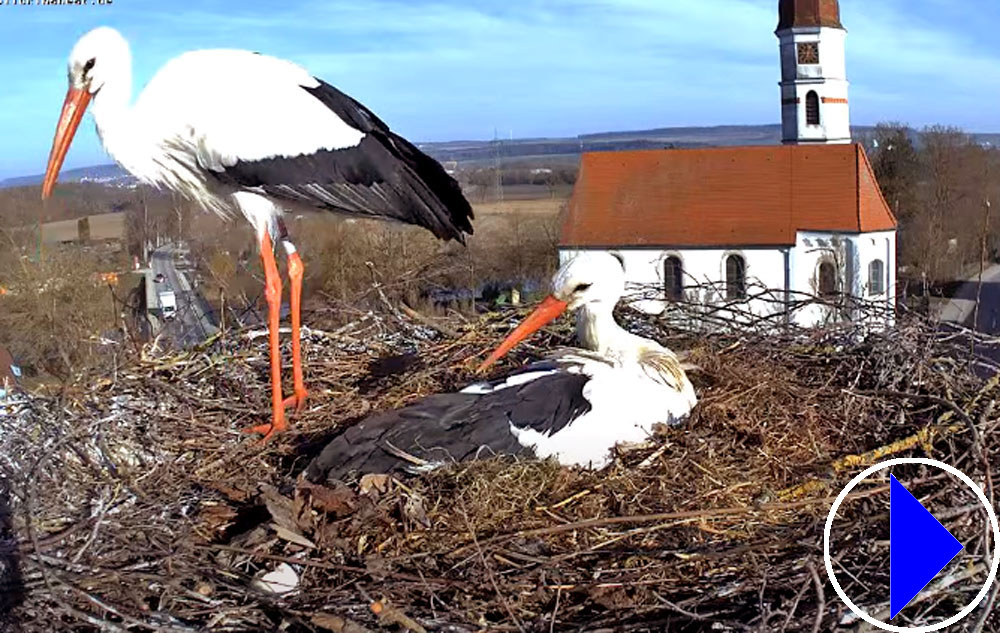More info: The stork route in Germany was opened in 2008 and is a unique 459 km (286 mile) scenic journey along both sides of the Elbe River, passing through scenic landscapes and more than 100 picturesque historic villages, towns and five federal states: Schleswig-Holstein, Mecklenburg-West Pomerania, Brandenburg, Saxony-Anhalt and Lower-Saxony. All with sizable populations of "Storche".
On all the stork nests on the route, nest tables provide information on the breeding success of recent years. At selected locations there are information boards on topics such as the ringing of storks, food and bird migration , as well as tales of storks in songs and myths.
The storks start to arrive following their over wintering in Africa, usually in March, staying until around September when the first chill hits the German air. June is the best time to see the birds along the route - although, late July & early August is when many of the young storks leave the nests for the first time.
The picturesque village of Rühstädt on the River Elbe, is also home to one of the highest densities of nesting White Storks in Europe. Their enormous nests of massive bundles of sticks the size of tractor tyres – adorn rooftops all over the village. Rühstädt makes an ideal breeding location for the storks, having elevated nesting places close to open short-cropped fields, marshes and wetlands. Rühstädt has been designated as an official European Stork Village making it a key part of the European Stork Village Network, which spans 15 villages in 15 countries.
Additional Information :


